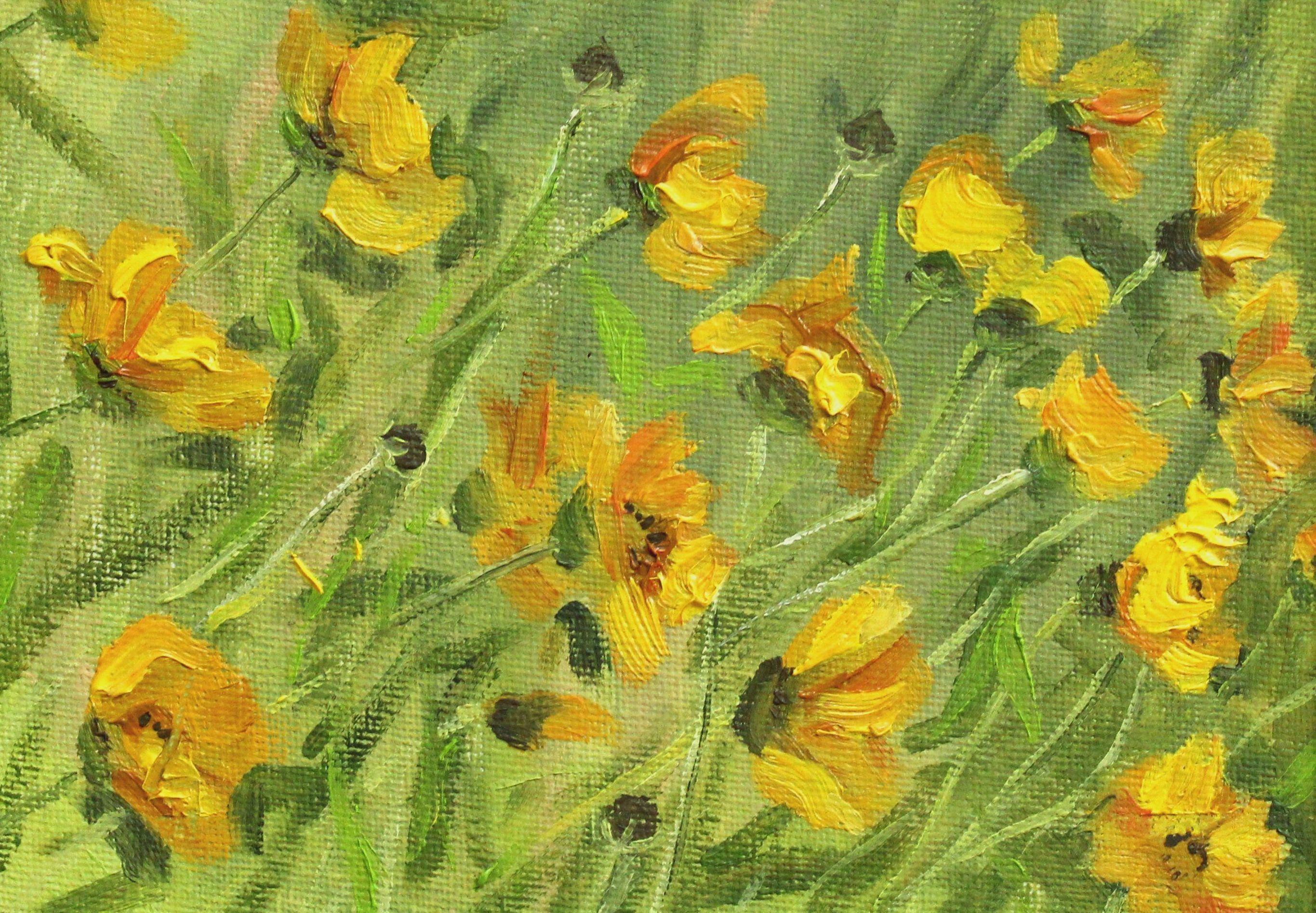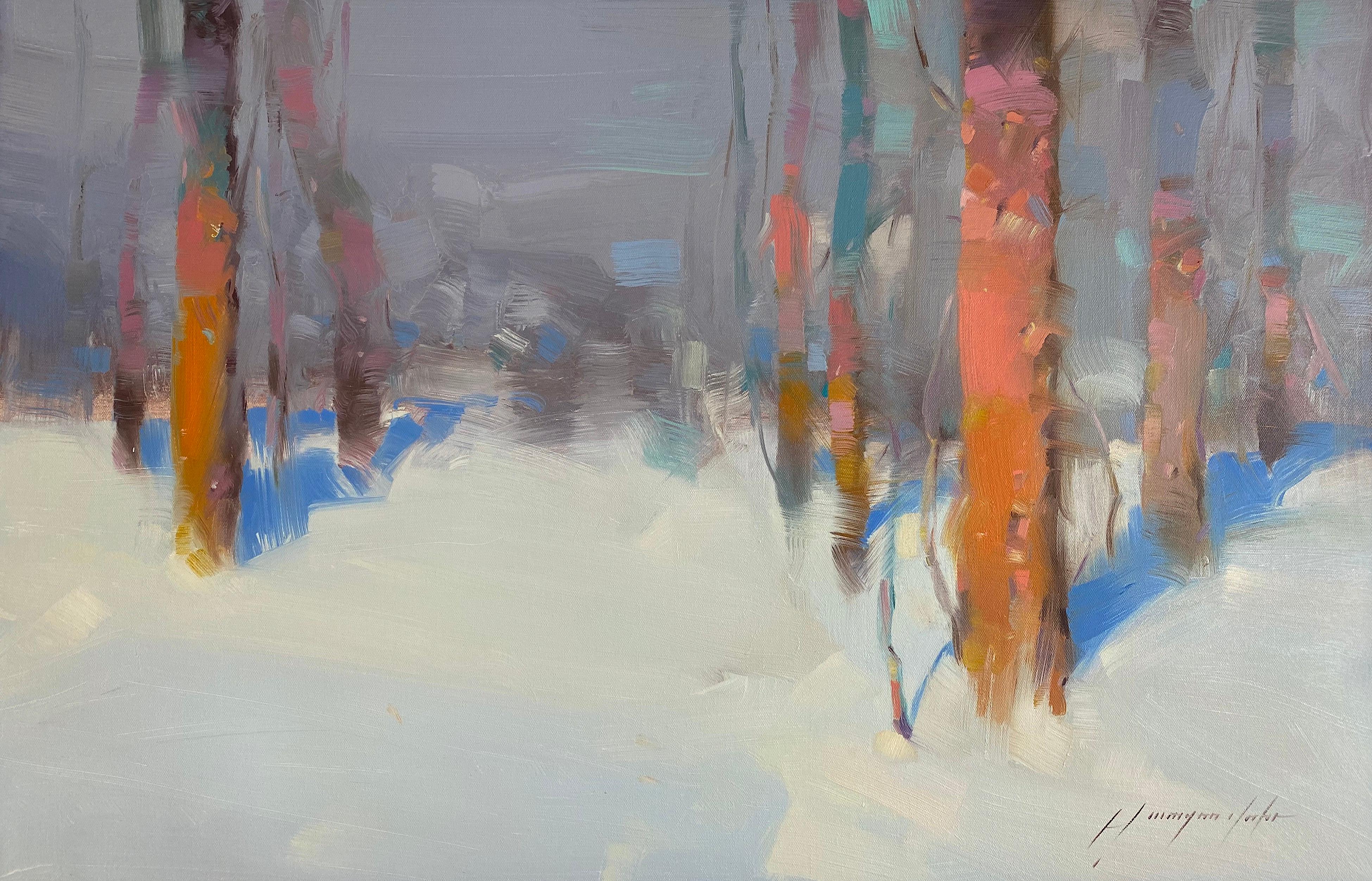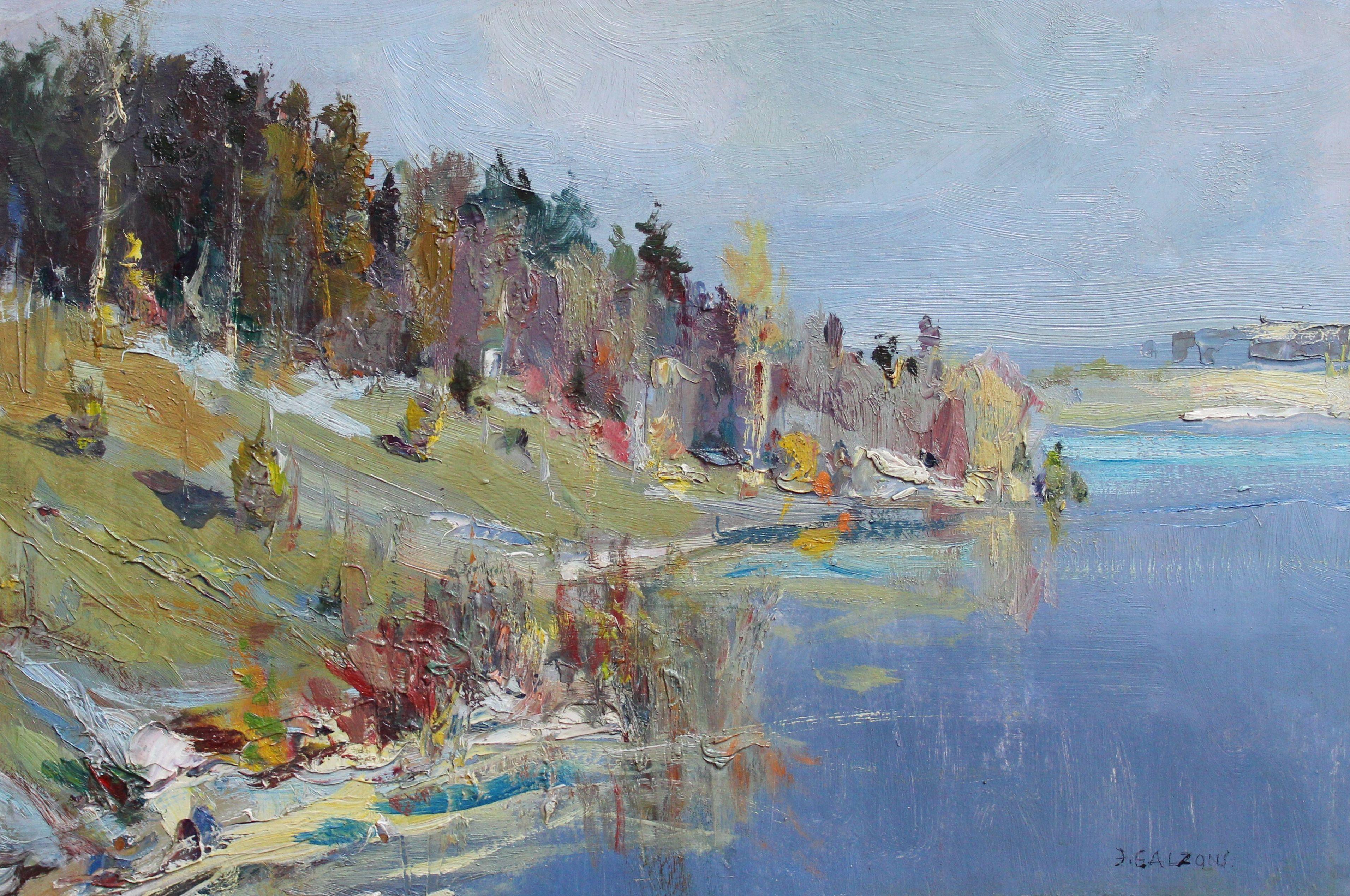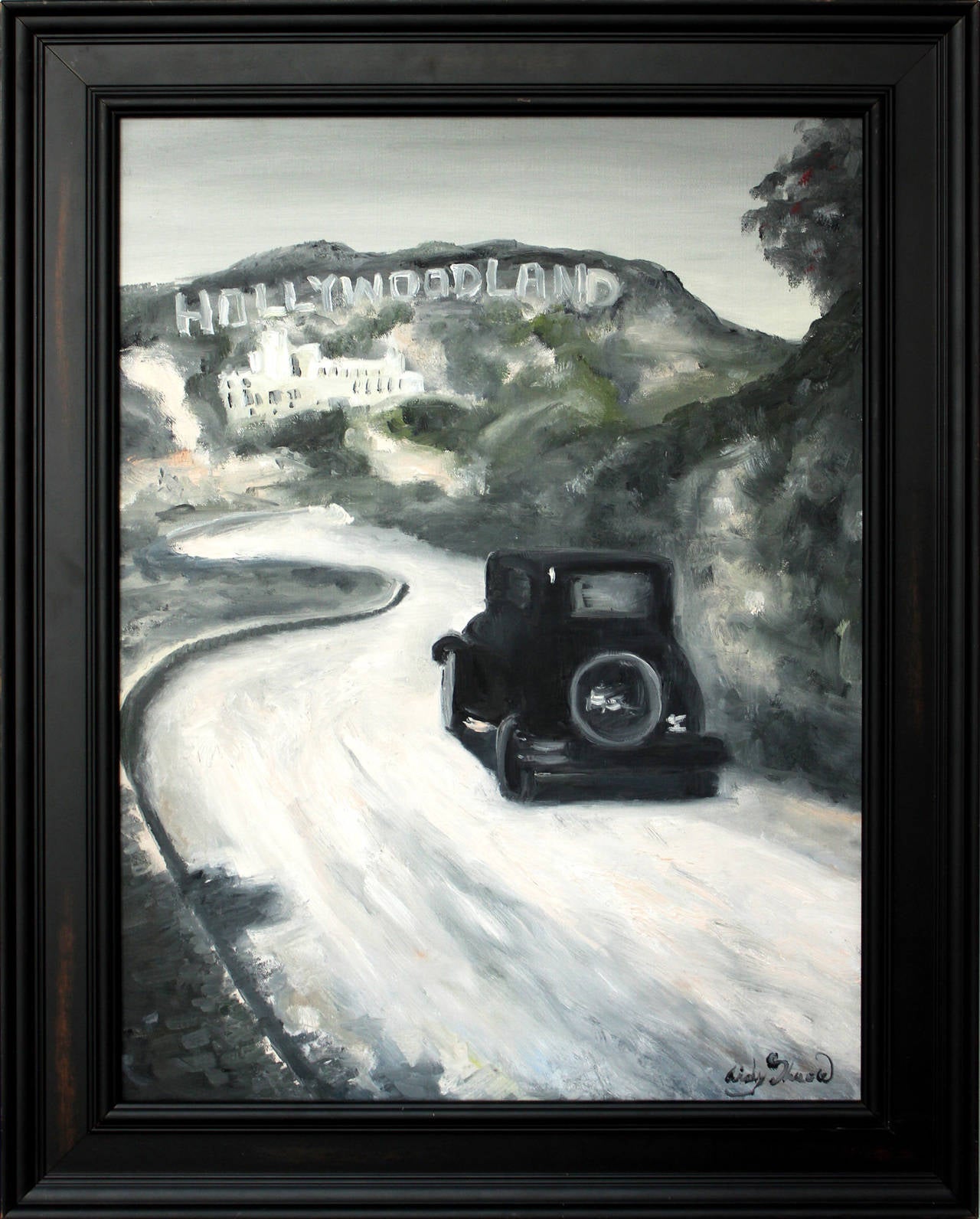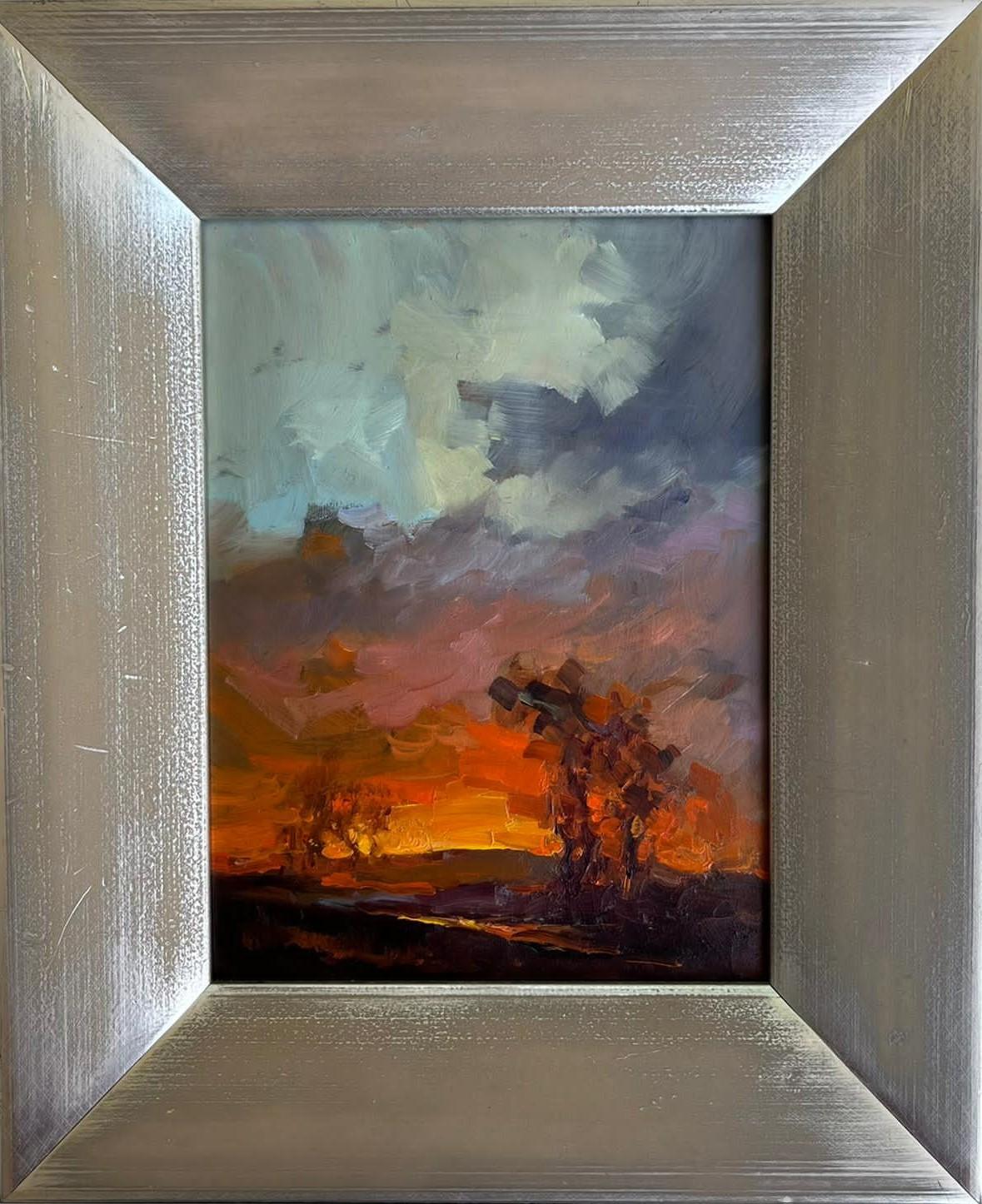G. Harvey"WORKING PAIR" G. HARVEY WESTERN SCENE FRAMED SIZE 33 X 431975
1975
About the Item
- Creator:G. Harvey (American)
- Creation Year:1975
- Dimensions:Height: 20 in (50.8 cm)Width: 30 in (76.2 cm)Depth: 4 in (10.16 cm)
- More Editions & Sizes:Image Size: 20 x 30Price: $96,000
- Medium:
- Movement & Style:
- Period:
- Framing:Frame IncludedFraming Options Available
- Condition:Please view my 1stdibs store front Other Great Vintage Texas Paintings & Fine American Art. We carry Vintage, Mid Century & Contemporary.
- Gallery Location:San Antonio, TX
- Reference Number:1stDibs: LU769313150342
G. Harvey
Gerald Harvey Jones was born in San Antonio, Texas, in 1933. His grandfather was a cowboy during the trail-driving era when legends grew up along the dusty trails north from Texas. Family stories of wild cattle and tough men were absorbed by Harvey and became the genesis of his art. Known for paintings closely linked in mood and subject matter to Edouard Cortes, G Harvey created romanticized street scenes of the turn of the century towns in America. Rain slick streets reflect urban lights, and the weather, which was obviously cold. Harvey's early interest in sketching and drawing slowly evolved into a passion for painting in oils. After graduating cum laude from North Texas State University, Harvey took a position with the University of Texas in Austin, but he soon realized that weekends and nights at the easel did not satisfy his love of painting. He abandoned the security of a full-time job in 1963 and threw his total energy into a fine art career. It was through painting that he found his greatest satisfaction, and his native central Texas hill country provided the inspiration for most of his earlier work. He sought the essence that is Texas and found it not only along the banks of the Guadalupe, but in cow camps west of the Pecos, and in the shadows of tall buildings in big Texas cities and the streets of Dallas, which once echoed with the sound of horses hooves and the jingle of spurs. Historic photographs reveal what it looked like, but artists like Harvey can enable a viewer to experience the mood and flavor or the time. In his paintings, the viewer only sees the physical elements of his subject but also senses the mood that surrounds them. It is a remarkable aspect of fine art, which few artists are able to master.
Harvey painted the spirit of America from its western hills and prairies to the commerce of its great cities. His original paintings and bronze sculptures are in the collections of major corporations, prestigious museums, the United States government, American presidents, governors, foreign leaders and captains of industry. The Smithsonian Institution chose Harvey to paint The Smithsonian Dream, commemorating its 150th Anniversary. The Christmas Pageant of Peace commissioned Harvey to create a painting celebrating this national event. He has been the recipient of many awards and the subject of three books. Harvey was a soft-spoken and unassuming man who cared deeply about what he painted without becoming maudlin or melodramatic. Before his death, Harvey lived in Fredericksburg, Texas, with his wife Pat in a 150-year old stone home built by German settlers. His studio and residence were nestled within the Historic District of Fredericksburg.
- ShippingRetrieving quote...Ships From: Fredericksburg , TX
- Return PolicyThis item cannot be returned.
- "NAVAJO MEDICINE MAN" FRAMED 26.5 X 32.5 CALFORNIA ARTIST (1904-1983)Located in San Antonio, TXJohn William Hilton (1904 - 1983) California Artist Image Size: 18 x 24 Frame Size: 26.5 x 32.5 Medium: Oil on Panel "Navajo Medicine Man" Biography John William Hilton (1904 - 1983)...Category
20th Century Impressionist Landscape Paintings
MaterialsOil
- "PALA MISSION" Northern San Diego County California Reservation.By Paul GrimmLocated in San Antonio, TXPaul Grimm (1891-1974) California Artist Image Size: 24 x 30 Frame Size: 31 x 37 Medium: Oil on Canvas Dated 1953 "Pala Mission" The San Antonio de Pala Asistencia, or the "Pala Mission", was founded on June 13, 1816, as an asistencia or "sub-mission" to Mission San Luis Rey de Francia, some twenty miles inland upstream from the latter mission on the San Luis Rey River. Pala Mission was part of the Spanish missions, asistencias, and estancias system in Las Californias—Alta California. Today it is located in the Pala Indian Reservation located in northern San Diego County, with the official name of Mission San Antonio de Pala.[2][4] It is the only historic mission facility still serving a Mission Indian tribe. Pala (a derivation of the native term Pale, meaning water) was essentially a small rancho surrounded by large fields and herds. The Pala site had been noted by Father Juan Mariner and Captain Juan Pablo Grijalva on an exploratory trip in 1795, when they went up the San Diego River, and then through Sycamore Canyon to the Santa Maria Valley (or Pamó Valley) and into what they named El Valle de San José, now known as Warner Springs. Once Mission San Luis Rey began to prosper, it attracted the attention of numerous mountain Native Americans in the area, who were called the Luiseño by the Spanish. Spanish era The Franciscan fathers chose this site for the Pala Mission because it was a traditional gathering place and village for the Native American residents. Father Peyrí oversaw the addition of a chapel and housing to the granary complex, which was constructed at the spot in 1810.[4] The chapel's interior wall surfaces featured paintings by native artists, originally measuring 144 by 27 feet. Workers went into the Palomar Mountains and cut down cedar trees to use as roof beams.[5] Pala is unique among all of the Franciscan missions in that it boasts the only completely freestanding campanile, or "bell tower," in all of Alta California. By 1820, some 1,300 baptisms had been performed at the outpost.[6] Folk tales about the mission include mention of a prickly pear cactus, which became a local symbol of Christian victory, that grew up at the foot of the cross.[7] Mexican era After the nation achieved independence from Spain, the Mexican Congress passed An Act for the Secularization of the Missions of California on August 17, 1833 (the act was ratified in 1834).[8] Father Buenaventura Fortuna surrendered Mission San Luis Rey and all its holdings, including Las Flores Estancia and the Pala Asistencia, to government comisianados (commissioners) Pío Pico and Pablo de la Portillà on August 22, 1835; the assessed value of "Rancho de Pala" was $15,363.25.[9] More than a decade later, fearful of the impending conquest of Alta California by the United States as a result of the Mexican–American War...Category
20th Century Impressionist Landscape Paintings
MaterialsOil
- "MOVE ALONG" CATTLE IN WEST TEXAS. WESTERN COWBOY, COWS, HORSES, MOUNTAINSLocated in San Antonio, TXLester Hughes (1938-2021) El Paso Artist Image Size: 15 x 30 Frame Size: 21 x 36 Medium: Oil "Move Along" Herding Cattle West Texas Biography Lester Hughes (1938-2021) From El Paso, ...Category
1970s Impressionist Landscape Paintings
MaterialsOil
- "WISHING FOR SPRING" G. HARVEY WESTERN SNOW SCENE. FRAMED 22 X 19By G. HarveyLocated in San Antonio, TXG. Harvey (Gerald Harvey Jones) (1933-2017) San Antonio, Austin, and Fredericksburg Artist Image Size: 12 x 9 Frame Size: 22 x 19 Medium: Oil Dated 1995 "Wishing For Spring" Western Snow Scene...Category
1990s Impressionist Landscape Paintings
MaterialsOil
- "PANHANDLE CHILL" G. HARVEY 34 X 46 FRAME TEXAS PANHANDLE SNOW SCENE WESTERNBy G. HarveyLocated in San Antonio, TXG. Harvey (Gerald Harvey Jones) (1933-2017) San Antonio, Austin, and Fredericksburg Artist Image Size: 24 x 36 Frame Size: 34 x 46 Medium: Oil 1975 "Panhandle Chill" G. Harvey, known...Category
1970s Impressionist Landscape Paintings
MaterialsOil
- "A Glowing Day South West Texas" Date: 1910. Exquisite Sky in this Texas pieceBy Julian OnderdonkLocated in San Antonio, TXJulian Onderdonk (1882 - 1922) San Antonio Artist Image Size: 6 x 9 Frame Size: 10.75 x 13.75 Medium: Oil Dated 1910 "A Glowing Sky" SW Texas Julian Onderdonk (1882 - 1922) Known as...Category
1910s Impressionist Landscape Paintings
MaterialsOil
- "Feeling Roostery!" signed oil bird kiche farm outdoors restaurant kitchen calmBy Cathryn RuvalcabaLocated in Milwaukee, WI"Feeling Roostery!" is an original oil painting by Cathryn Ruvalcaba. Here, she depicts a colorful rooster strutting though a green pasture. Cathryn paints in the Russian Impressioni...Category
2010s Impressionist Animal Paintings
MaterialsBoard, Oil
- Flowers of the sun. 2023, canvas, cardboard, oil, 13x18 cmLocated in Riga, LVFlowers of the sun. 2023, canvas, cardboard, oil, 13x18 cm Small size plein air painting Alyona Prokofyeva (1988) From 2016 surname Galaktionova....Category
2010s Impressionist Landscape Paintings
MaterialsOil, Cardboard, Canvas
- Winter, Original oil Painting, Ready to HangBy Vahe YeremyanLocated in Granada Hills, CAArtist: Vahe Yeremyan Work: Original Oil Painting, Handmade Artwork, One of a Kind Medium: Oil on Canvas Year: 2021 Style: Impressionism, Subject: Winter, Size: 20.5" x 31.5" x 0...Category
2010s Impressionist Landscape Paintings
MaterialsOil, Canvas
- The river in the summer. Cardboard, oil, 32x49 cmBy Janis GalzonsLocated in Riga, LVThe river in the summer. Cardboard, oil, 32x49 cmCategory
1980s Impressionist Landscape Paintings
MaterialsCardboard, Oil
- "Going to Work" Old Hollywood Style Black and White Oil Painting on CanvasBy Cindy ShaoulLocated in New York, NYDepicting the iconic "Hollywood Land" sign in Southern California, Shaoul captures the essence of the time. With beautiful brushwork and whimsical details, this piece depicts the old...Category
21st Century and Contemporary Impressionist Landscape Paintings
MaterialsOil, Canvas
- "Lights of Sunset: Harmony and Tension in the Landscape"Located in Zofingen, AG"Lights of Sunset: Harmony and Tension in the Landscape" Oil on cardboard This oil landscape painting creates a stunning visual representation of nature and its emotional impact. Th...Category
21st Century and Contemporary Impressionist Landscape Paintings
MaterialsOil

